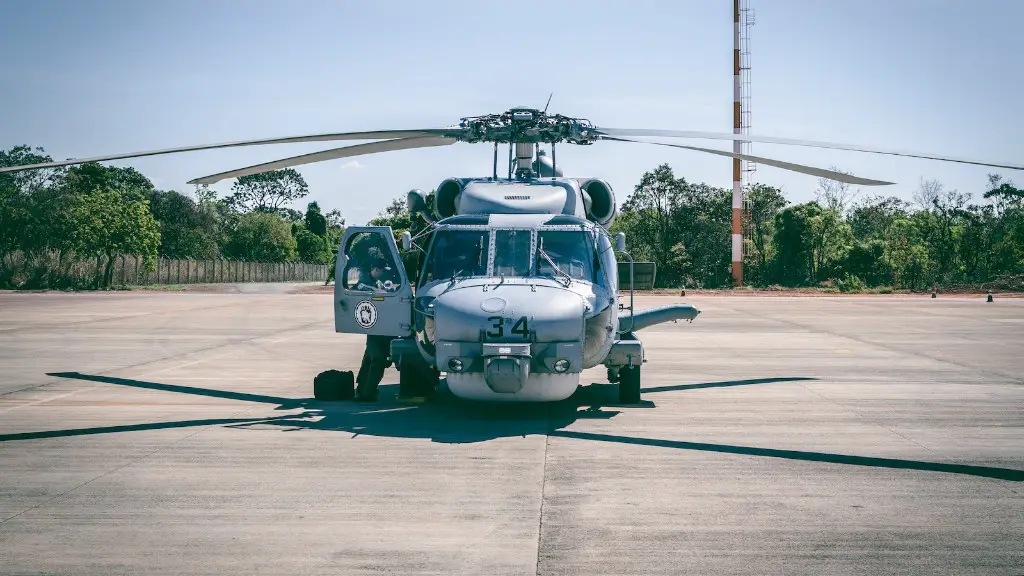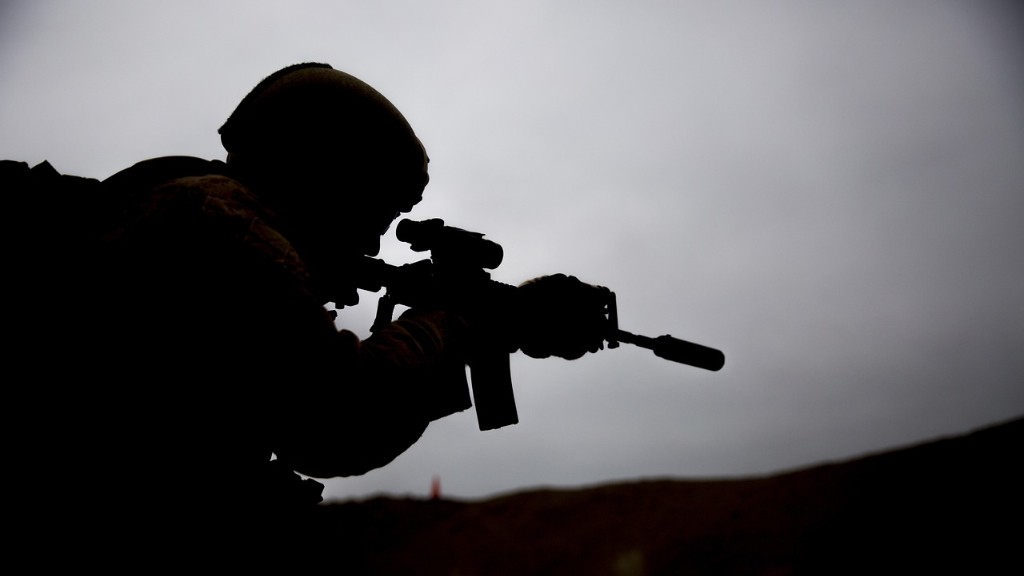Background Information
The recent India-China Ladakh face-off has shocked the world and sparked off a wave of uncertainity, especially considering the tensions that had been escalating in the region. It began after Indian troops were deployed to the southern bank of the Pangong Tso in early May, prompting China to move its own troops into the disputed claimed area. On 15th June, a deadly clash broke out between troops from both sides. India reported that 20 soldiers were killed and several others were injured during the incident, whereas China has yet to release an official casualty count.
Exact Death Count
China has remained totally taciturn on their loss in June’s violent clash between troops of India and China at the Galwan Valley on the India-China border. Even though China has a long-standing policy of not releasing official casualty counts, it has been estimated by strategic experts that the Chinese army suffered over 40 casualties including those killed in action.
Source of this information
The estimates on the death count come from sources on ground including Indian intelligence and surveillance reports. Apart from the sources on ground, satellite images too have corroborated the number of fatalities. Images show that the Chinese army had built a makeshift helipad for evacuation along the LAC in the Galwan Valley, which was used extensively for shifting the dead bodies to their hometowns for last rites.
Difference in casualty counts
The main difference between India and China’s casualty count has been attributed to the Chinese policy of not acknowledging its losses. Chinese government always gives more importance to global image and stature as a superpower, hence it is in their best interest to cover-up the exact casualty count. This rule is especially applicable in border disputes, considering that it undermines the Chinese military’s global image of being undefeated.
Armed Conflict between India and China
Despite the efforts to defuse tensions through both side’s military representatives, the India-China border dispute has escalated over the past few months, leading to an armed conflict between the two sides. India, while maintaining that its troops never crossed the Line of Actual Control (LAC) at any time, however, sent additional forces to various strategic locations along the line. China, on the other hand, deployed its forces near the southern bank of Pangong Tso and has since claimed that it only crossed the LAC in response to India’s aggressive movements.
The dangers of intense conflicts
The Ladakh stand-off is a grave reminder of the dangers of intense conflicts between two nuclear powered countries. This is particularly urgent considering that there have been sporadic cases of firing by both sides recently. Experts warn that the situation can easily spiral out of control and become an armed conflict if not managed properly. India and China, however, seem to be focused on finding a diplomatic solution to the dispute as evident from military level talks between the two sides.
Role of International Community
The international community has a huge role to play in bringing calm in the region. It is necessary to remind the nuclear-powered countries of the economic, reputational, and human costs of skirmishes, failed negotiations, and war. International powers should step in to encourage efforts to seek non-confrontational and peaceful resolution of the issue by both sides and prevent further deaths in the region.
The Need for Military Deescalation
The India-China border stand-off is an extremely delicate situation that should be handled with utmost care and responsibility. Although both sides have denied initiating an aggressive military action, it is apparent that tensions are escalating and the possibility of a confrontation is looming large. A deescalation of military forces must be pursued in order to prevent further loss of life. Also, China should accept and abide by the ruling of the LAC and should make all attempts to resolve the issue through peaceful diplomatic means.
Role of International Organizations
International organizations like the United Nations must be more actively involved in resolving the India-China border dispute. They can help mediate between the two sides, reducing tensions, and facilitating diplomatic and military level talks. These organizations can help both countries come up with an amicable solution to the dispute that is in line with international norms.
Pros and Cons of Military Engagement
Both India and China need to understand the pros and cons of engaging in a military conflict. While military engagement may be seen as an effective way to gain leverage in a dispute, it also can impact global stability and could lead to huge losses in terms of human life, material and economic damage. Therefore, it is important for the two countries to consider other options such as strengthening trade ties, diplomatic negotiations, and seeking help from international organizations in resolving this long-standing grievance.
Effects of Trade Ties
Trade ties between India and China have been strained as a result of the ongoing stand-off. India has taken a harsh stance against nations perceived to be colluding with China, banning over 200 Chinese apps, and imposing restrictions on investments coming in from the neighbouring country. This has had a major impact on both countries and the global economic environment, leading to a significant decline in bilateral trade volumes. Both countries should recognize that their economy can benefit hugely from ties, enabling both countries to benefit economically, while also allowing them to focus on resolving the dispute diplomatically.
Impact on Global Diplomacy
The stand-off between India and China has had a major impact on global diplomatic efforts, with countries like the United States and Russia expressing their concern over the growing tensions. It has also led to an increase in military spending from the two countries, which is an additional cause for worry for the international community. India and China should recognize the potential global consequences of the conflict and strive to find a compromise for the resolution of their longstanding grievances.



